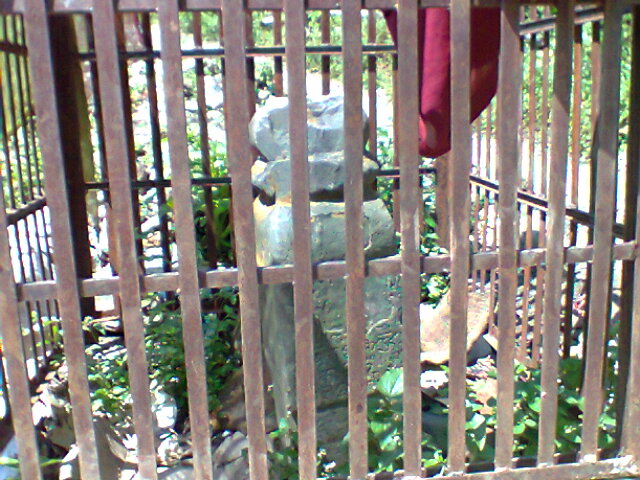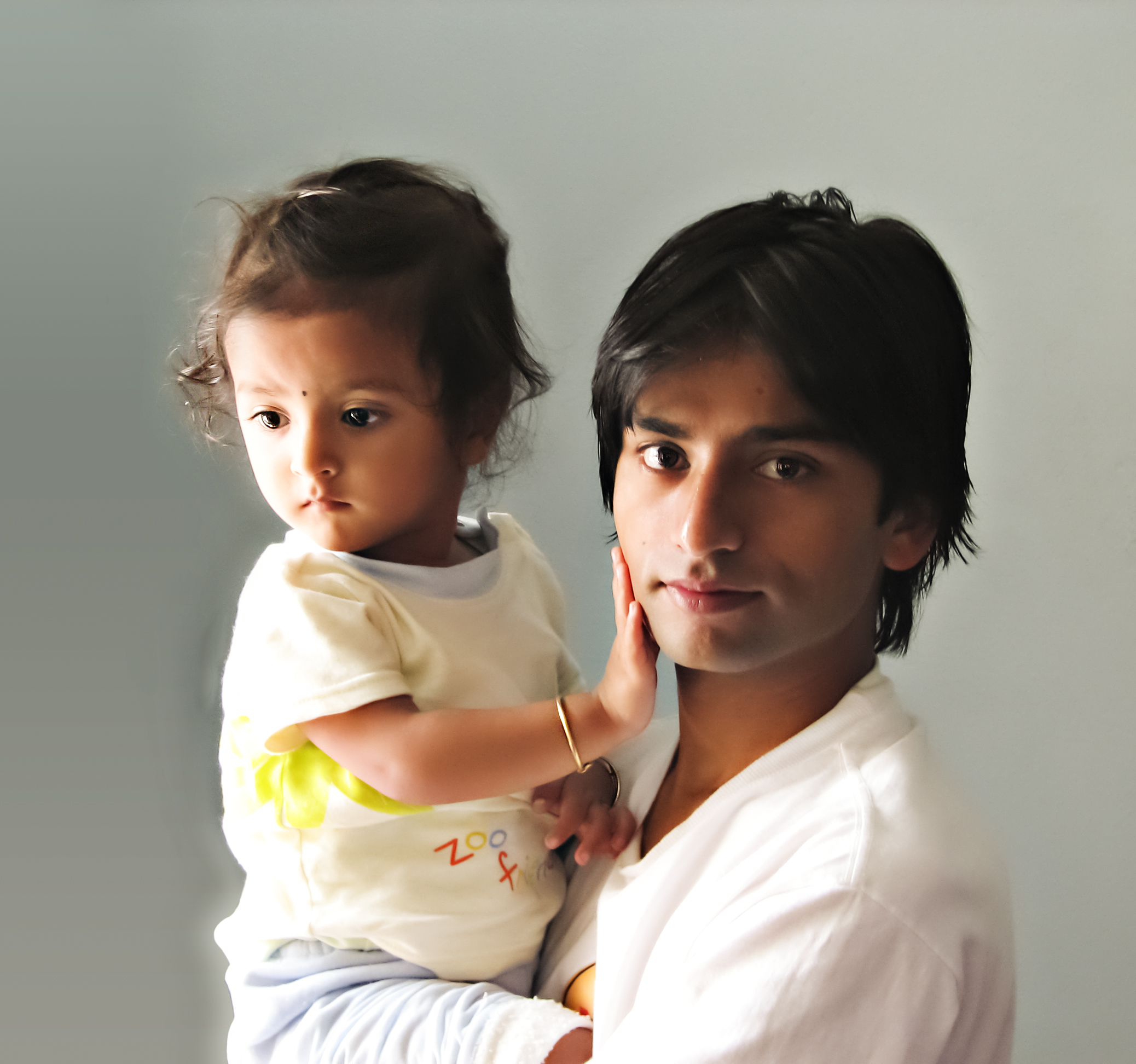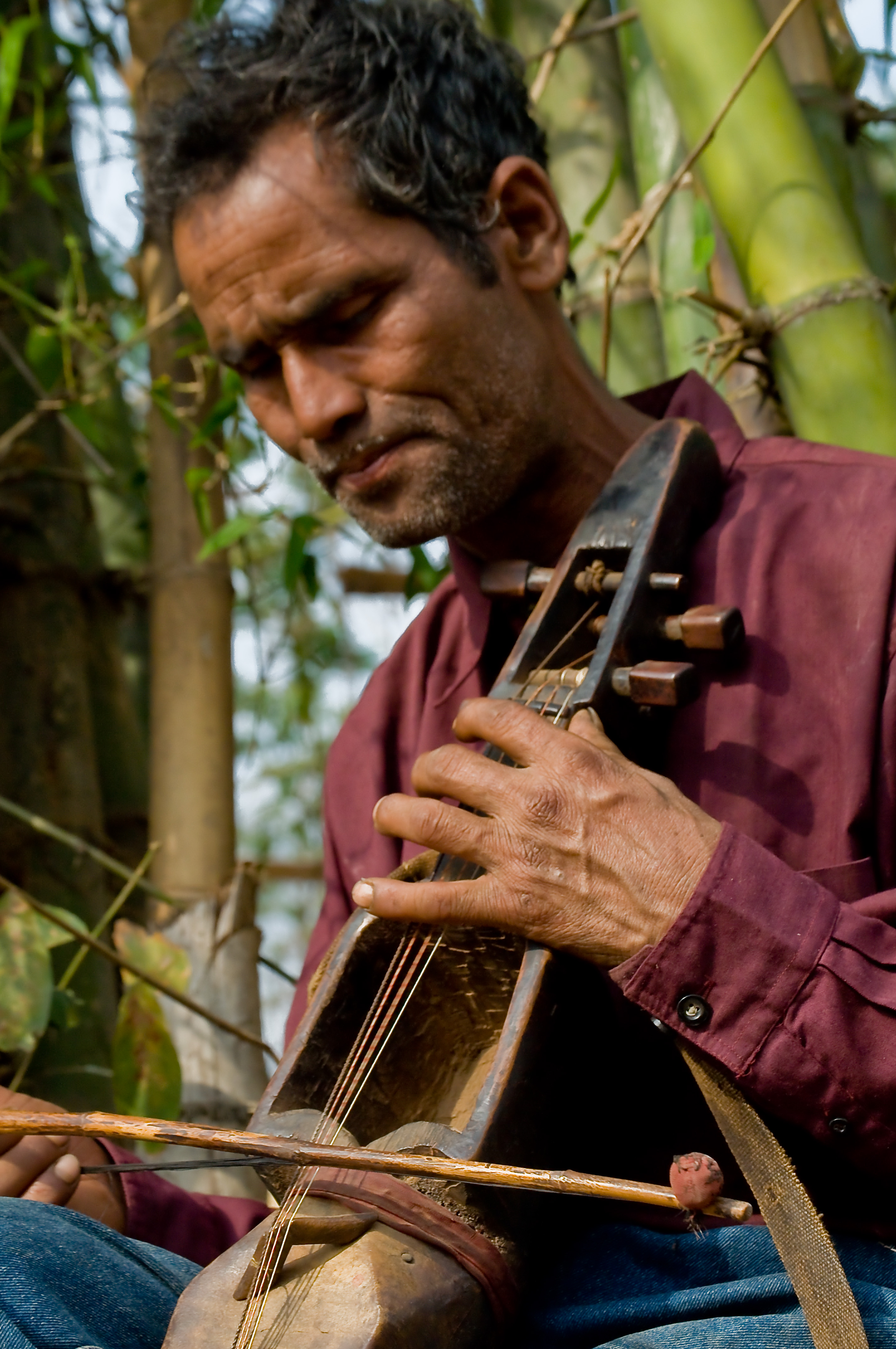|
Damai
Damai ( ne, दमाइँ) is an occupational caste found among Khas people. They comprise 45 subgroups. Their surnames take after the subgroup they belong to. People belonging to this caste are traditionally tailors and musicians. They are adept at using the naumati baja- an ensemble of nine traditional musical instruments. Damai is coined from musical instrument Damaha. The 1854 Nepalese Muluki Ain (Legal Code) categorized Damai as "Lower caste” category. Thus, the tribal designation of Khas is given only in few context to Kami, Damai and Sarki due to traditional status. Due to many caste-based discriminations in Nepal, the government of Nepal legally abolished the caste-system and criminalized any caste-based discrimination, including "untouchability" (the ostracism of a specific caste) - in the year 1963 A.D. With Nepal's step towards freedom and equality, Nepal, previously ruled by a Hindu monarchy was a Hindu nation which has now become a secular state, and on 28 May 20 ... [...More Info...] [...Related Items...] OR: [Wikipedia] [Google] [Baidu] |
Khas People
Khas people (; ne, खस) popularly known as Khas Arya are an Indo-Aryan peoples, Indo-Aryan ethno-linguistic group native to the Himalayas, Himalayan region of South Asia, what is now present-day Nepal, Indian states of Uttarakhand, West Bengal and Sikkim. Historically, Khas were the speakers of an ancient ''Khas language'' from the Indo-Aryan language family and the earliest recorded speakers of the Western Pahari languages. The large portion of the Indo-Aryan speakers throughout lower Himalayas were the Khas people. An Indo-Aryan migrations, intrusion of this tribe from the Western Himalayas, Western and Northwestern Himalayas into Central Himalayas is substantiated by the early linguistic evidences related to the Nepali language. They were also known as Parbatiyas/Parbates and are currently known as Paharis/Pahadis. They were also referred to as Yartse in Tibet and are also known as Khasan by Bhotia people. The term ''Khas'' has now become obsolete, as the Khas people hav ... [...More Info...] [...Related Items...] OR: [Wikipedia] [Google] [Baidu] |
Khas
Khas people (; ne, खस) popularly known as Khas Arya are an Indo-Aryan ethno-linguistic group native to the Himalayan region of South Asia, what is now present-day Nepal, Indian states of Uttarakhand, West Bengal and Sikkim. Historically, Khas were the speakers of an ancient ''Khas language'' from the Indo-Aryan language family and the earliest recorded speakers of the Western Pahari languages. The large portion of the Indo-Aryan speakers throughout lower Himalayas were the Khas people. An intrusion of this tribe from the Western and Northwestern Himalayas into Central Himalayas is substantiated by the early linguistic evidences related to the Nepali language. They were also known as Parbatiyas/Parbates and are currently known as Paharis/Pahadis. They were also referred to as Yartse in Tibet and are also known as Khasan by Bhotia people. The term ''Khas'' has now become obsolete, as the Khas people have adopted communal identities because of the negative stereotypes ass ... [...More Info...] [...Related Items...] OR: [Wikipedia] [Google] [Baidu] |
Damaha
Damaha () is a drum made from leather, brass or wood. It is played by striking with a stick. It is one of the instruments included in the Panche Baaja. The traditional players of this instrument are called Damai, a occupational caste who play different instrument in Nepali culture. The Damaha is bowl-shaped like a kettle drum and covered with animal hide A hide or skin is an animal skin treated for human use. The word "hide" is related to the German word "Haut" which means skin. The industry defines hides as "skins" of large animals ''e.g''. cow, buffalo; while skins refer to "skins" of smaller an .... A neck strap is used to hold the damaha for the player while he plays. References Drums of Nepal {{Nepal-music-stub ... [...More Info...] [...Related Items...] OR: [Wikipedia] [Google] [Baidu] |
2011 Nepal Census
Nepal conducted a widespread national census in 2011 by the Nepal Central Bureau of Statistics. Working with the 58 municipalities and the 3915 Village Development Committees at a district level, they recorded data from all the municipalities and villages of each district. The data included statistics on population size, households, sex and age distribution, place of birth, residence characteristics, literacy, marital status, religion, language spoken, caste/ethnic group, economically active population, education, number of children, employment status, and occupation. *Total population in 2011: 26,494,504 *Increase since last census 2001: 3,343,081 *Annual population growth rate (exponental growth): 1.35 *Number of households ... [...More Info...] [...Related Items...] OR: [Wikipedia] [Google] [Baidu] |
Sarki (ethnic Group)
Sarki/Mijar ( ne, सार्की, Tibetan: སར་ཀི།) is a Khas occupational caste traditionally belonging to leather workers. They are found in the region of the Himalayas, Nepal, across the hills of Darjeeling & Kalimpong and in Terai area of Dooars. They are experts in playing their musical instrument "Madal" and performing dance in a group which is also called “Khayali Marooni”. According to the 2011 Nepal census, Sarki makes up 1.4% of Nepal's population (374,816 people). Sarki are referred to in the Nepali and Thakali languages. Due to many caste-based discriminations in Nepal, the government of Nepal legally abolished the caste-system and criminalized any caste-based discrimination, including "untouchability" (the ostracism of a specific caste) - in the year 1963 A.D. With Nepal's step towards freedom and equality, Nepal, previously ruled by a Hindu monarchy, was a Hindu nation which has now become a secular state, and on 28 May 2008, it was declared a ... [...More Info...] [...Related Items...] OR: [Wikipedia] [Google] [Baidu] |
Badi People
Badi ( ne, बादी) is a Hill Dalit community in Nepal. The 1854 Nepalese Muluki Ain (Legal Code) categorized Badi as "Impure and Untouchable (''Pani Na Chalne'')" category. Badi are categorized under "Hill Dalit" among the 9 broad social groups, along with Damai, Sarki, Kami and Gaine by the Government of Nepal. 'Badi' means ''Vadyabadak'', one who plays musical instruments, in Sanskrit. Sometimes called untouchables among the untouchables, they support their impoverished families through daily wages and fishing, woodcutting and making musical instruments. Due to many caste-based discriminations in Nepal, the government of Nepal legally abolished the caste-system and criminalized any caste-based discrimination, including "untouchability" (the ostracism of a specific caste) - in the year 1963 A.D. With Nepal's step towards freedom and equality, Nepal, previously ruled by a Hindu monarchy was a Hindu nation which has now become a secular state, and on 28 May 2008, it was declar ... [...More Info...] [...Related Items...] OR: [Wikipedia] [Google] [Baidu] |
Caste System In Nepal
The Nepalese caste system was the traditional system of social stratification of Nepal. The Nepalese caste system broadly borrows the classical Hindu ''Chaturvarnashram'' model, consisting of four broad social classes or varna: Brahmin, Kshatriya, Vaishya, Sudra. The caste system defines social classes by a number of hierarchical endogamous groups often termed ''jaat''. This custom was traditionally only prevalent in the three Indo Aryan societies of the Khas, Madhesi, and Newars. However, since the unification of Nepal in the 18th century, Nepal's various non-Hindu ethnic nationalities and tribes, previously called "Matwalis" (alcohol-drinkers) and now termed as "Adivasi/Janajati" (indigenous/nationalities), have been incorporated within the caste hierarchy to varying degrees of success. Despite the forceful integration by the state into the pan-Hindu social structure, the traditionally non-Hindu groups and tribes do not necessarily adhere to the customs and practices of the cas ... [...More Info...] [...Related Items...] OR: [Wikipedia] [Google] [Baidu] |
Kami (caste)
Kami is an Indo-Aryan Nepali speaking group that primarily worked as metalists. Later Nepal abolished its grading system. The tribal designation of Khas is given in only a few contexts. the Government of Nepal legally abolished the caste-system and criminalized any caste-based discrimination, including "untouchability" (the ostracism of a specific caste) - in the year 1963 A.D. With Nepal's step towards freedom and equality, Nepal, previously ruled by a Hindu monarchy was a Hindu nation which has now become a secular state, and on 28 May 2008, it was declared a republic, ending it as the Hindu Kingdom. Even though it is illegal to discriminate people based on their caste, these people are widely discriminated in Nepal. A large portion of people who follow Hinduism still discriminate Kami and other so-called lower castes. While a small minority of the population claims that the problems related to caste based discrimination are no longer present in Nepal, many are fully aware th ... [...More Info...] [...Related Items...] OR: [Wikipedia] [Google] [Baidu] |
Gandarbha
The Gandarbha caste ( ne, गन्धर्व जाति) or Gaine ( ne, गाईने) are a Dalit community which belongs to the Indo-Aryan ethnic group from the central, hilly region of Nepal. They have also been called a "caste of professional musicians" and "itinerant bards." By tradition they make their living by singing Gandarbha Geet or Gaine Geet, a type of folk song. The Gandarbhas traditionally work as travelling musicians and play traditional folk and historical songs. They improvise songs too, incorporating news into them as a service, in return for which they receive donations of food or other things. They use the '' Nepali sarangi'', a type of violin, as their main musical instrument. The ''sarangi'' has been an iconic musical instrument identified with the Gandarbha people. The instrument has replaced another instrument they played, the aarbajo, which was larger and "more cumbersome." Due to many caste-based discriminations in Nepal, the government of Nepa ... [...More Info...] [...Related Items...] OR: [Wikipedia] [Google] [Baidu] |
Hinduism In Nepal
Hinduism is the main and largest religion of Nepal. In 2007, the country declared itself a secular country through democracy; still, some special privileges were given to Indic religions like "The Constitution of Nepal has established a call for the protection of this age-old religion referring to Sanatan Dharma throughout the country". According to the 2011 census, the Hindu population in Nepal is estimated to be around 21,551,492, which accounts for at least 81.34% of the country's population, the highest percentage of Hindus of any country in the world. The national calendar of Nepal, Vikram Samvat, is a solar Hindu calendar essentially the same to that widespread in North India as a religious calendar, and is based on Hindu units of time. Nepal remained the last Hindu country in the world until 2008, after the abolition of monarchy in the nation. The geographical distribution of religious groups revealed a preponderance of Hindus, accounting for at least 90% of the population ... [...More Info...] [...Related Items...] OR: [Wikipedia] [Google] [Baidu] |
Secular State
A secular state is an idea pertaining to secularity, whereby a State (polity), state is or purports to be officially neutral in matters of religion, supporting neither religion nor irreligion. A secular state claims to treat all its citizens equally regardless of religion, and claims to avoid preferential treatment for a citizen based on their religious beliefs, affiliation or lack of either over those with other profiles. Although secular states have no state religion, the absence of an established state religion does not mean that a state is completely secular or egalitarian. For example, some states that describe themselves as secular have Religion in national symbols, religious references in their national anthems and flags, or laws that benefit one religion or another. Origin and practice Secularity can be established at a state's creation (e.g., the Soviet Union, the United States) or by it later secularization, secularizing (e.g., France or Nepal). Movements for ''laï ... [...More Info...] [...Related Items...] OR: [Wikipedia] [Google] [Baidu] |
Dalit
Dalit (from sa, दलित, dalita meaning "broken/scattered"), also previously known as untouchable, is the lowest stratum of the Caste system in India, castes in India. Dalits were excluded from the four-fold Varna (Hinduism), varna system of Hinduism and were seen as forming a avarna, fifth varna, also known by the name of ''Panchama''. Dalits now profess various religious beliefs, including Hinduism, Buddhism, Sikhism, Christianity, Islam. Scheduled Castes is the official term for Dalits as per the Constitution of India. History The term ''Dalit'' is a self-applied concept for those called the "untouchables" and others that were outside of the traditional Hindu caste hierarchy. Economist and reformer B. R. Ambedkar (1891–1956) said that untouchability came into Indian society around 400 CE, due to the struggle for supremacy between Buddhism and Historical Vedic religion, Brahmanism (an ancient term for Brahmanical Hinduism). Some Hindu priests befriended untouchables ... [...More Info...] [...Related Items...] OR: [Wikipedia] [Google] [Baidu] |





_according_to_Indian_Caste_System_-_1942.jpg)